Colour Words
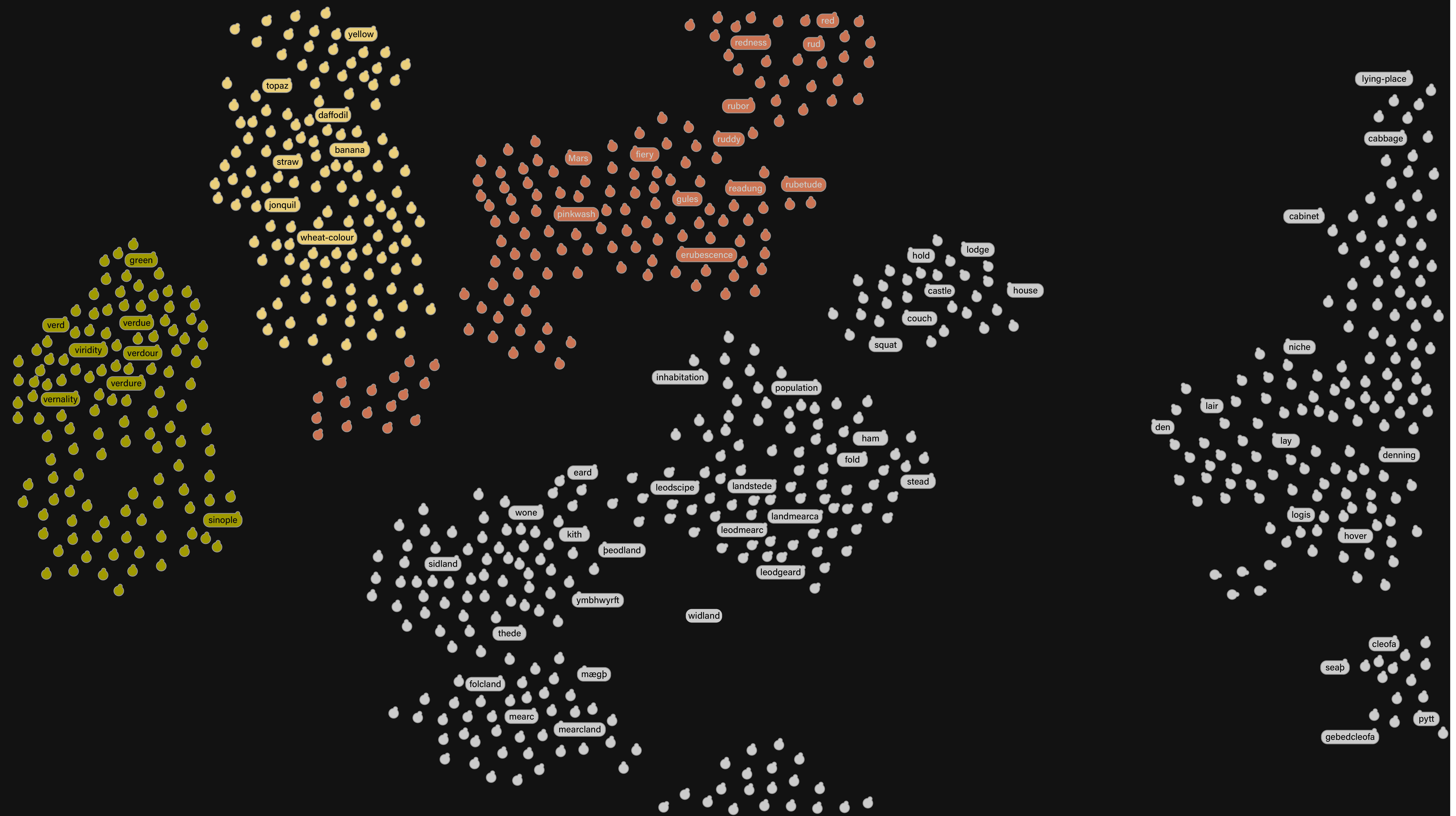
Significance
- Colour contributes to sense of place
- Visual phenomena are observable, discrete, and representable.
- Cultural associations with colour are documented.
For example, cultures associate colours with universal symbols and concepts. 'Red' has different meanings for someone who experienced the Chinese Cultural Revolution than a white Australian, even though both may associate red with blood.
Gap
- Human language privileges human perception
- Nonhumans perceive colours differently from humans
- Many species perceive colours that humans cannot
- Nonhumans respond to colours in ways foreign to humans, e.g., instinctively, culturally, habitually
- Human language fails to capture these differences
- Semantic representations of human and nonhuman subjectivities are limited or non-existent
Opportunity
- Thesauri and lexicons provide semantic meaning for words
- Semantic networks relate words and concepts
- Places depend on context, e.g., a 'castle' is both a dwelling and defensive structure, occupied by the upper caste of stratified cultures
- Linking semantic data with text analysis reveals other subjectivities, e.g. how an 18th century Middle Eastern person views a 'castle'
- A model for 'place' using semantic data could incorporate nonhuman ontologies
- Nonhuman lexicons and ontologies are limited, but topic modelling and unsupervised generative ontologies could generate them.
Questions
- What can we learn from analysis of colour words in *Gormenghast*?
- What can colour words tell us about literary places?
- Can semantic metadata (e.g., thesauri, lexicons) reveal trends and biases in colour language?
- Does human language foreground certain colours?
- Do these biases reflect conclusions from external sources, e.g., history, anthropology, ethnography?
- Can this analysis inform generalisations about a work's context, e.g., place of origin, cultural setting, or time period?
- How can these results support representations of complex, layered places?
- Could a semantic network of colour associations (cultural, behavioural, physiological, neurological) inform such representations?
Methods
- Represent colour words in *Gormenghast* visually
- Demonstrate the richness of basic colour words
- Locate words in the Historical Thesaurus
- Show colour words in other ontologies (WordNet, ConceptNet)
- Cross-reference with sources about colour language development
Results
HTOED
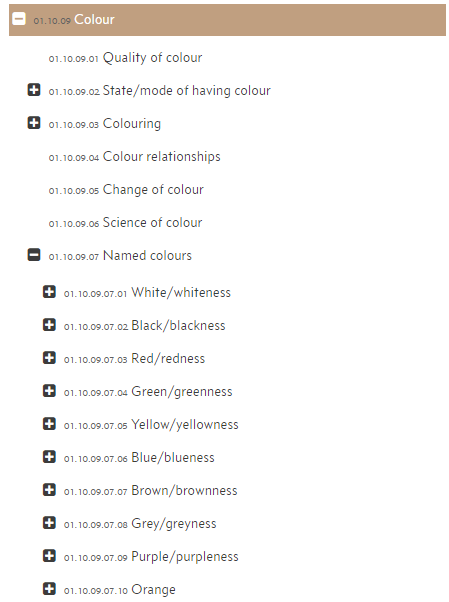
01 The world | 01.10 Matter | 01.10.09 Colour | 01.10.09.07 Named Colours
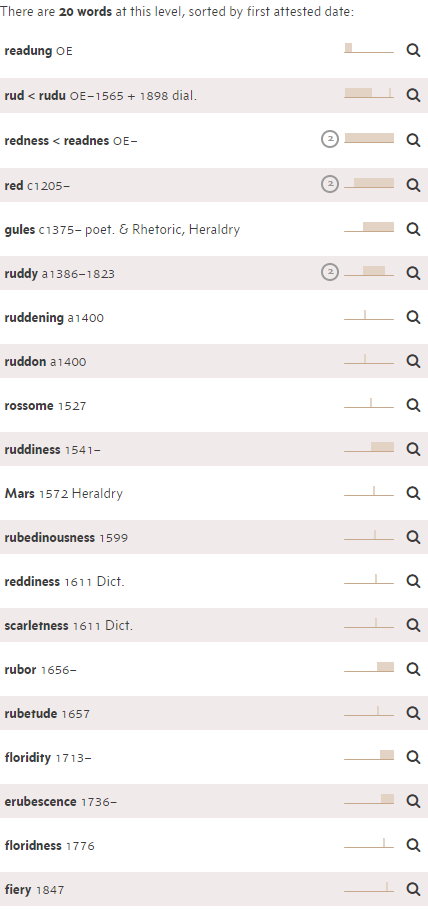
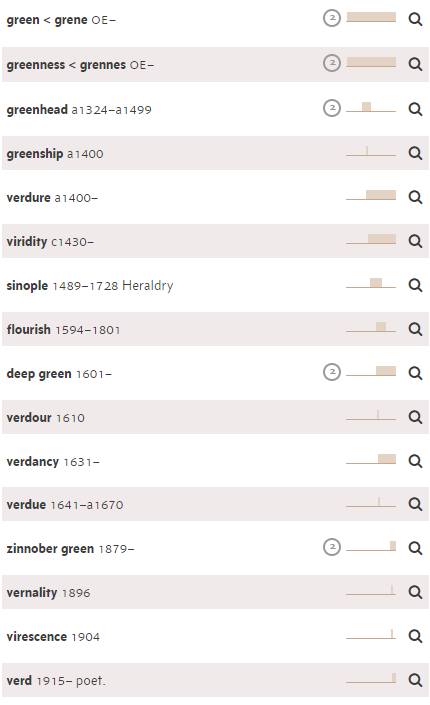
WordNet
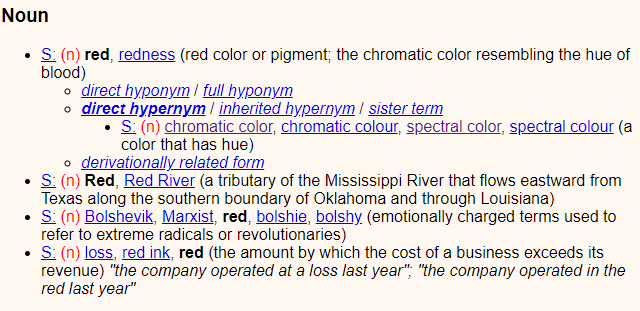
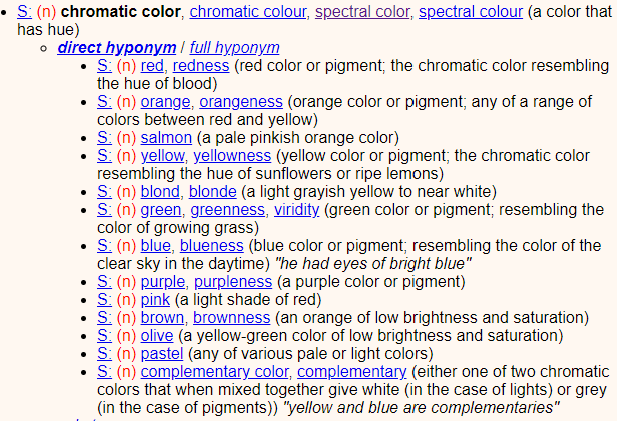
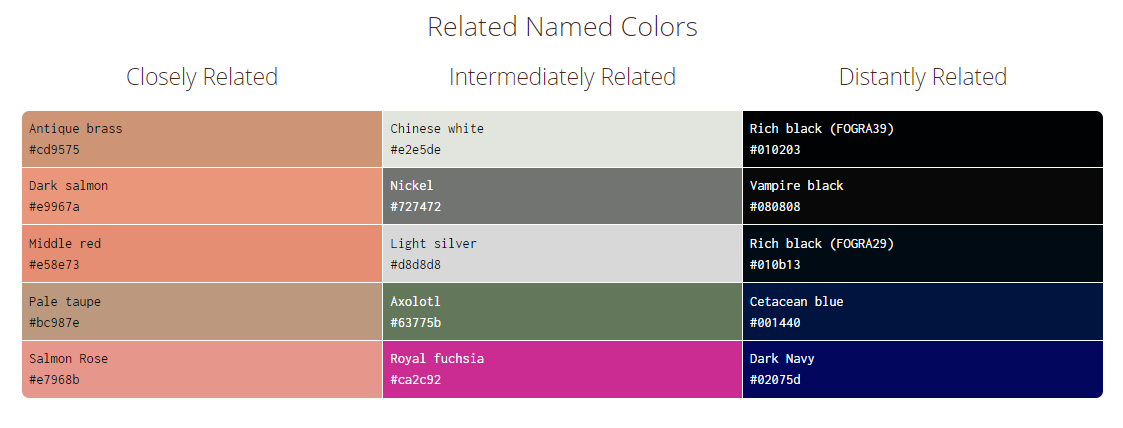
Portraits (Private)
Discussion
Potential
Limitations
Contribution
Future
Related projects
Backlinks